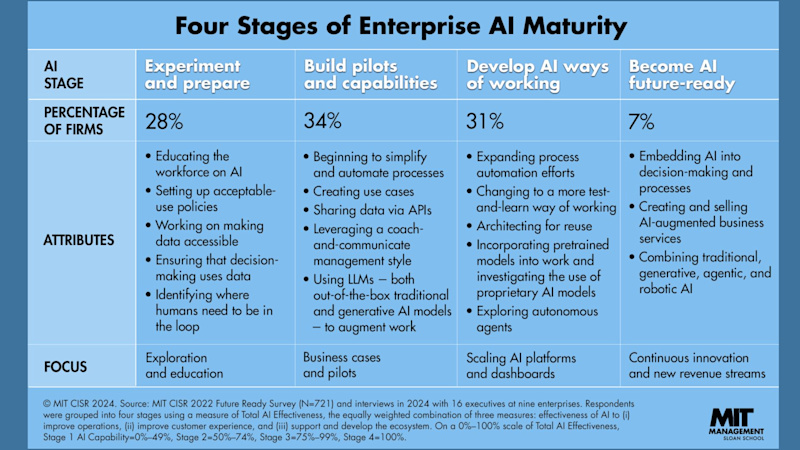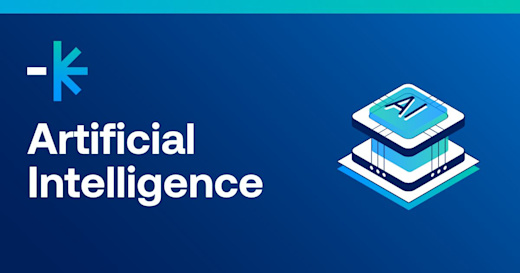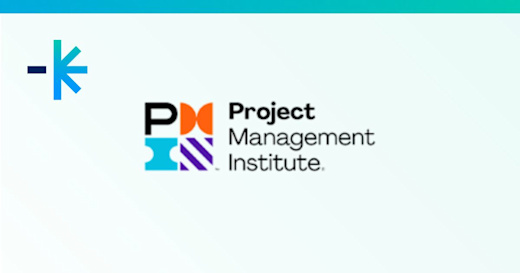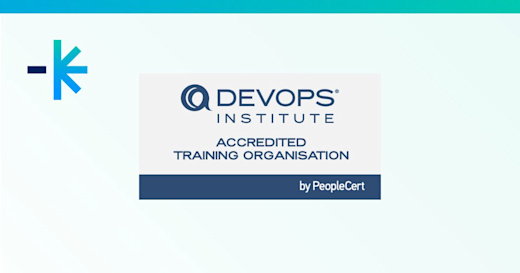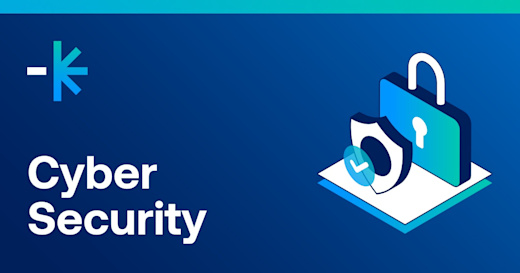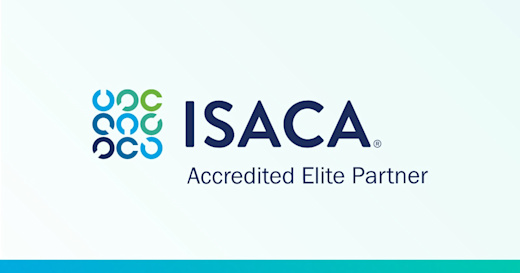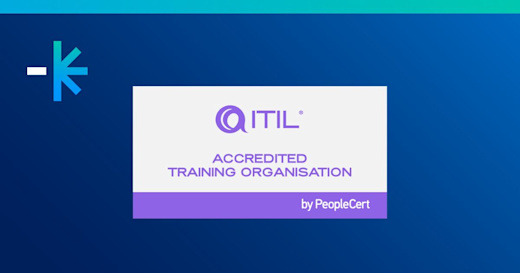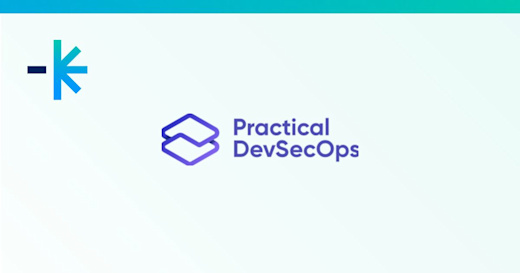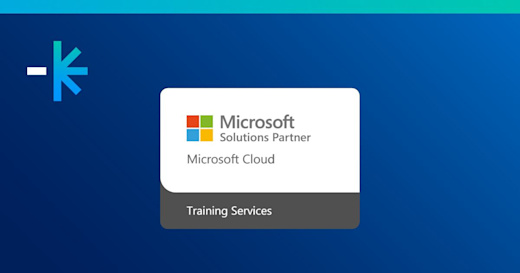AI is everywhere right now. It’s in the headlines, in our inboxes, and increasingly, in our classrooms. It’s even all over LinkedIn!
As an ICT Trainer at Lumify Work, I’ve had a front-row seat to how AI is changing the way we work and learn. From Microsoft Copilot helping teams write better emails to Fireflies summarising meeting notes, AI is already making a difference.
But tools are only useful if people know how to use them well—and that’s where AI training comes in.
As I shared in an interview with TechDay:
"It's not a one-size-fits-all magic wand. Unless companies really think about staff and training, and how they're going to manage their AI adoption and address ethical concerns, I think there are going to be issues."
The necessity of AI Courses
Key findings of recent government trials of Microsoft 365 Copilot highlight the importance of AI skilling:
“Training enhanced confidence in Copilot use and was most effective when tailored to an agency’s specific context. Identifying specific use cases for Copilot could lead to greater use of Copilot.”
B. Beener from bouncethebox suggests some public sector uses for Microsoft 365 Copilot that you can learn to implement with AI courses:
Analysing large data sets to support faster, data-driven responses to public health issues and policy challenges.
Drafting responses to citizen enquiries about permits, regulations, and services.
Using Copilot in Excel to run budget scenarios and generate stakeholder reports.
And summarising procurement requirements and legal documents.
In our AI CERTS AI+ courses, I’ve worked with learners from all kinds of backgrounds—some excited, some nervous, most a bit of both. We focus on practical AI skills:
Prompting AI to get useful results
Using tools like ChatGPT and Copilot in real-world scenarios and use cases
Thinking critically about AI’s limitations and risks
One of my favourite moments?
Seeing someone realise they can use AI to draft a tricky AI readiness assessment or brainstorm project risks in seconds. That aha lightbulb moment never gets old.
Learning AI skills as part of your adoption strategy
As with any new technology, learning AI skills is critical to your enterprise’s overall adoption strategy.
From technical skills like programming languages, machine learning, deep learning, model evaluation and data handling. To analytical and business skills like data literacy, AI Ethics and Governance, prompt engineering and applying AI to your domain of expertise.
According to McKinsey's 2025 report, many are starting to make holistic changes, while more need to catch up. Only one-third of organisations follow adoption and scaling practices for AI; this should be more.
For reference, McKinsey cites 12 AI adoption and scaling practices and they include:
Establishing role-based capability training courses so that all employees know how to use gen AI capabilities appropriately.
Embedding gen AI solutions into business processes effectively.
Establishing a clearly defined road map to drive adoption of gen AI solutions.
Having a mechanism to incorporate feedback on the performance of gen AI solutions and improve them over time.
Tracking well-defined KPIs for gen AI solutions.
Moving the needle in AI Maturity
If you are trying to be structured about AI adoption, you can look to MIT’s four stages of AI maturity in enterprises.
Experimenting and preparing - Educating your team and formulating AI policies.
Building pilots and capabilities - Focusing on AI pilots that create value for both the enterprise and staff.
Developing AI ways of working - Building a scalable enterprise architecture, making data and outcomes transparent via business dashboards and more.
Becoming AI future-ready - AI is embedded in all decision-making, and organisations are using proprietary AI internally.
Where is your organisation at now? And what stage are you in, as a professional?
If you’re starting out with AI, here’s what I suggest:
Start small. Pick one tool and one use case from your day-to-day tasks.
Get hands-on. The best way to learn is by doing. Try free subscriptions for generative AI tools. You can also ask your team if paid licences are available.
Keep it human. Complement it with your knowledge and insights on your community and customers. After all, AI is a tool, not a replacement.
Let’s keep learning together.
People sometimes ask if AI will replace trainers. My take? I don’t think so; AI can support learning, but it can’t replace the human connection, the real-time feedback, or the ability to adapt on the fly.
If anything, AI frees us up to do more of what we do best—coach, guide, inspire and have fun.
I’m learning right alongside my learners. Every course I deliver, I pick up new ideas, new use cases, and new questions. That’s part of the fun. AI is evolving fast, and staying curious is key.
If you are rolling out AI adoption across your business or within a specific department, I recommend that you reach out to your Lumify Work account manager. Our team can help design a tailored AI training plan for you.
Lumify Work offers an extensive portfolio of Artificial Intelligence (AI) and Machine Learning (ML) training courses featuring authorised content from leading providers such as Microsoft, AWS, AI CERTs, Red Hat, and more. Download our brochure on AI and Machine Learning courses.


